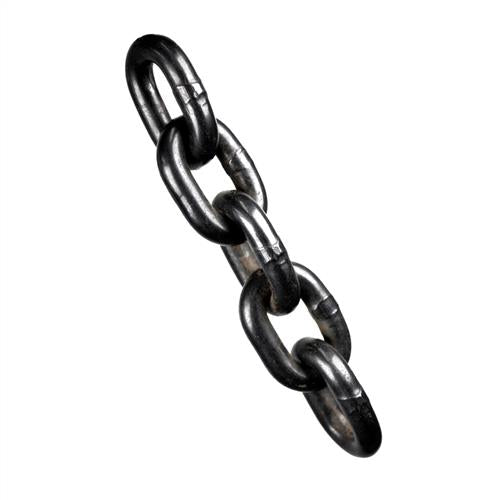
What types of chains can be used for lifting?
An In-depth Examination of Lifting Chain Varieties
In industrial and construction environments, lifting chains are indispensable components in material handling applications. This technical discourse aims to delineate the properties and performance characteristics of different categories of lifting chains. It's important to note that all chains used in lifting applications should conform to AS 3775.1:2014, the Australian Standard for Chain Slings for Lifting Purposes.
1. Grade 80 Alloy Steel Chains
2. Grade 100 Alloy Steel Chains
Grade 100 lifting chains, another category of alloy steel chains, are designed for high-capacity lifting operations. These chains exhibit a load capacity that is 25% higher than Grade 80 chains, making them well-suited for high-stress environments. The enhanced load-bearing capacity of Grade 100 chains can often facilitate the usage of a comparatively smaller and lighter chain, without undermining safety or operational efficiency.
3. Stainless Steel Chains
The Stainless steel lifting chains, although not as high-strength as their alloy steel counterparts, are lauded for their excellent corrosion resistance. The innate properties of stainless steel render these chains an ideal choice for moderate lifting tasks in harsh or marine environments, where the presence of corrosive elements can pose significant challenges.
4. Galvanised Chains
Galvanised chains are characterised by a protective zinc coating, which imparts enhanced rust and corrosion resistance to these chains. This protective measure equips the chains with a sturdy defence against environmental elements, rendering them suitable for outdoor and marine operations, or any application that might expose the chain to harsh conditions.
In conclusion, the selection of a lifting chain should be undertaken with meticulous consideration of the specific application and the load weight. In material handling operations, the safety and efficiency spectrum is largely influenced by the choice of the right lifting chain. Remember, all chains used for lifting should comply with AS 3775.1:2014, the Australian Standard for Chain Slings for Lifting Purposes.


Leave a comment